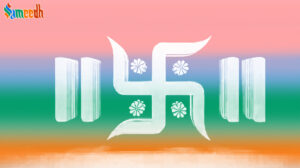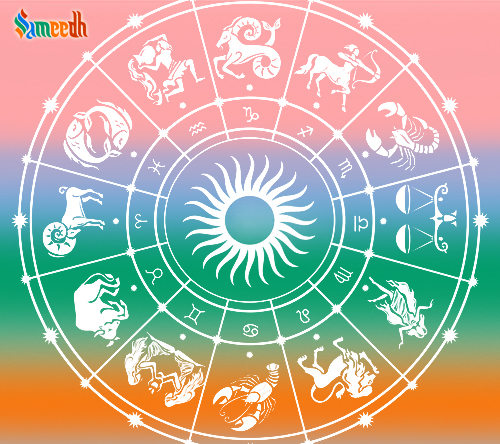The interpretation of the two lines on both the left and right sides of a swastika can vary based on cultural and regional contexts. In Hindu and Jain traditions, where the swastik is often associated with auspiciousness and positive energy, the addition of lines may represent different concepts.

It’s important to note that the swastik with lines on both sides is a specific variation, and its meaning may not be universally standardized.
Here are a couple of possible interpretations:
- Representation of Movement or Energy Flow: The lines on both sides of the swastik could be seen as representing the dynamic and continuous flow of energy or movement. The swastik itself is often associated with the sun, and the lines might symbolize the rays of the sun radiating in all directions, signifying energy and life.
- Symbol of Duality or Balance: The addition of lines could be interpreted as representing dualities or opposites, such as day and night, light and dark, or positive and negative forces. In this context, the swastik with lines may symbolize the balance and harmony between opposing elements.
- Artistic Variation: In some cases, the addition of lines might be an artistic variation without a specific symbolic meaning. Artists and craftsmen often incorporate creative elements into traditional symbols, and the lines could be a stylistic choice rather than conveying a particular concept.
As with any symbol, the interpretation can depend on the cultural, religious, or regional context in which it is used. It’s recommended to consider the specific cultural or religious tradition associated with the swastika in question to understand its intended meaning. Additionally, interpretations may vary among different communities and over time.
